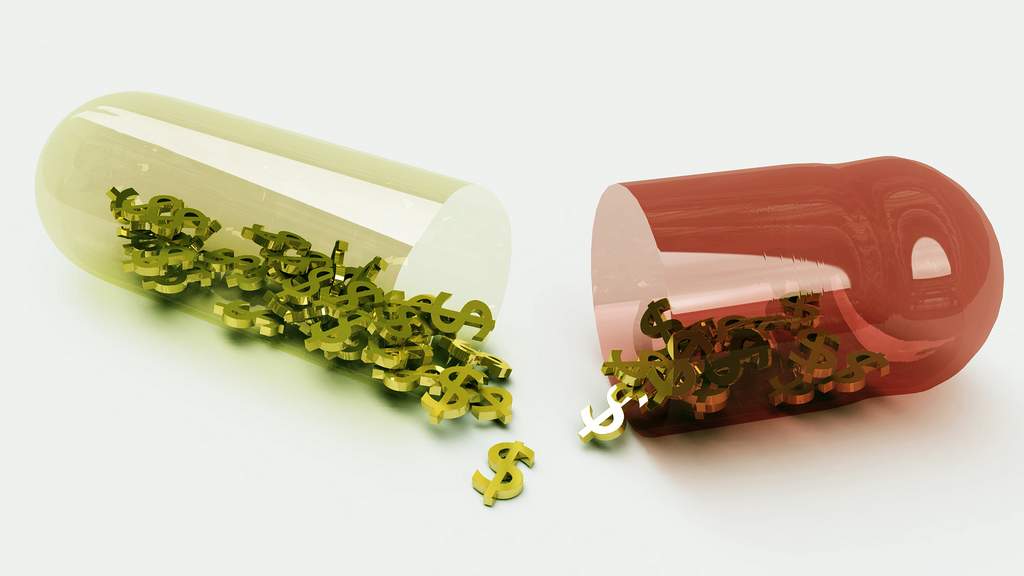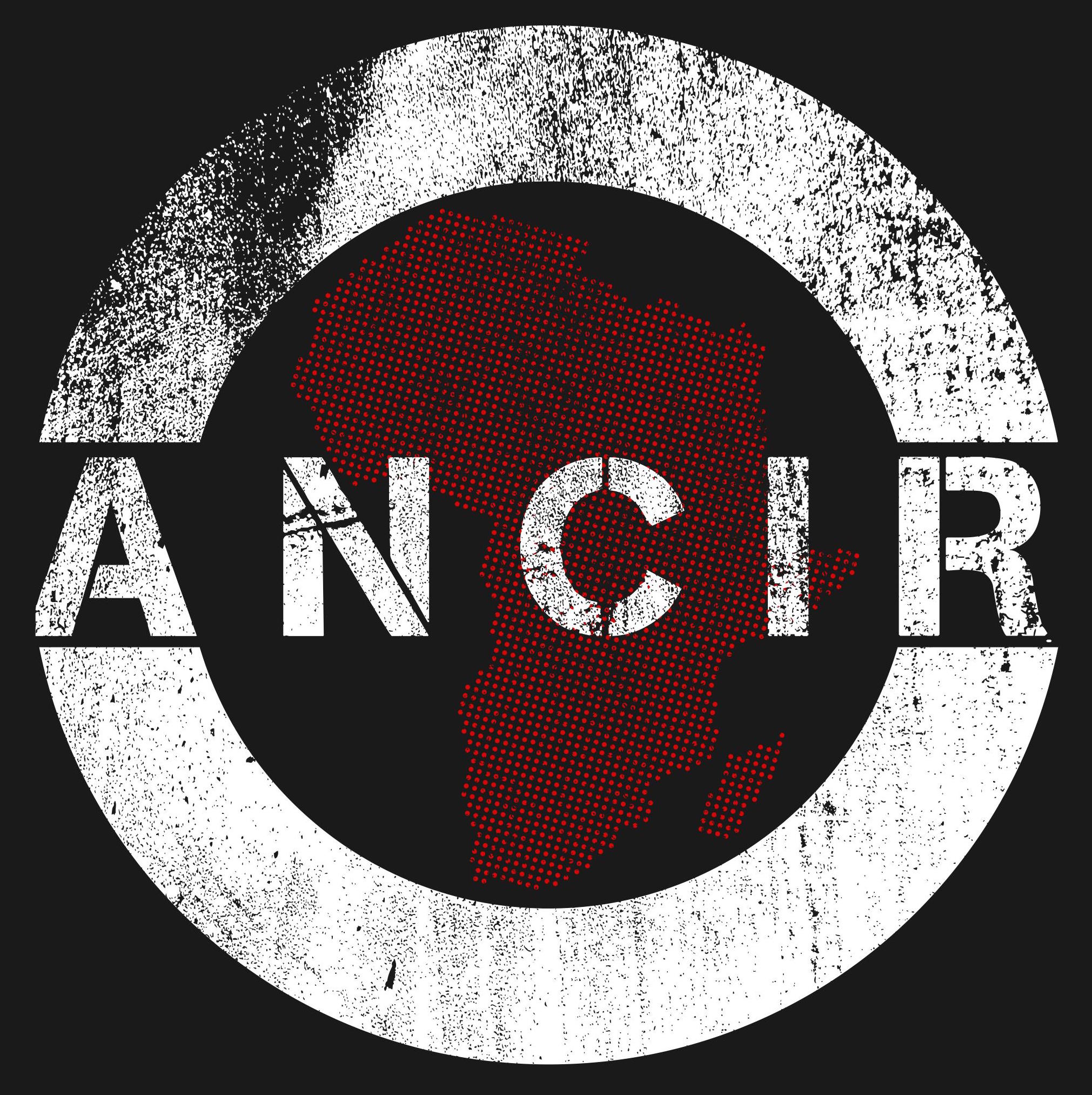Sitting on a tattered sofa, her young daughter playing around her legs, Simbongile Xesha empties a fistful of pills into her palm. Bedaquiline, Linezolid, Clofazimine, Terizidone … the bewildering names flash from 10 different dispenser packs as she swallows the life-saving drugs.
When the 29-year-old mother of two was diagnosed with Extensively Drug-Resistant Tuberculosis (XDR-TB) a year ago, she says she had no idea that strain of the disease existed, even though her partner had died of it a few months previously. In 2014, more than 18,000 TB cases were reported in South Africa, and more than 1,000 people were diagnosed with the more extreme XDR-TB between 2011 and 2014.
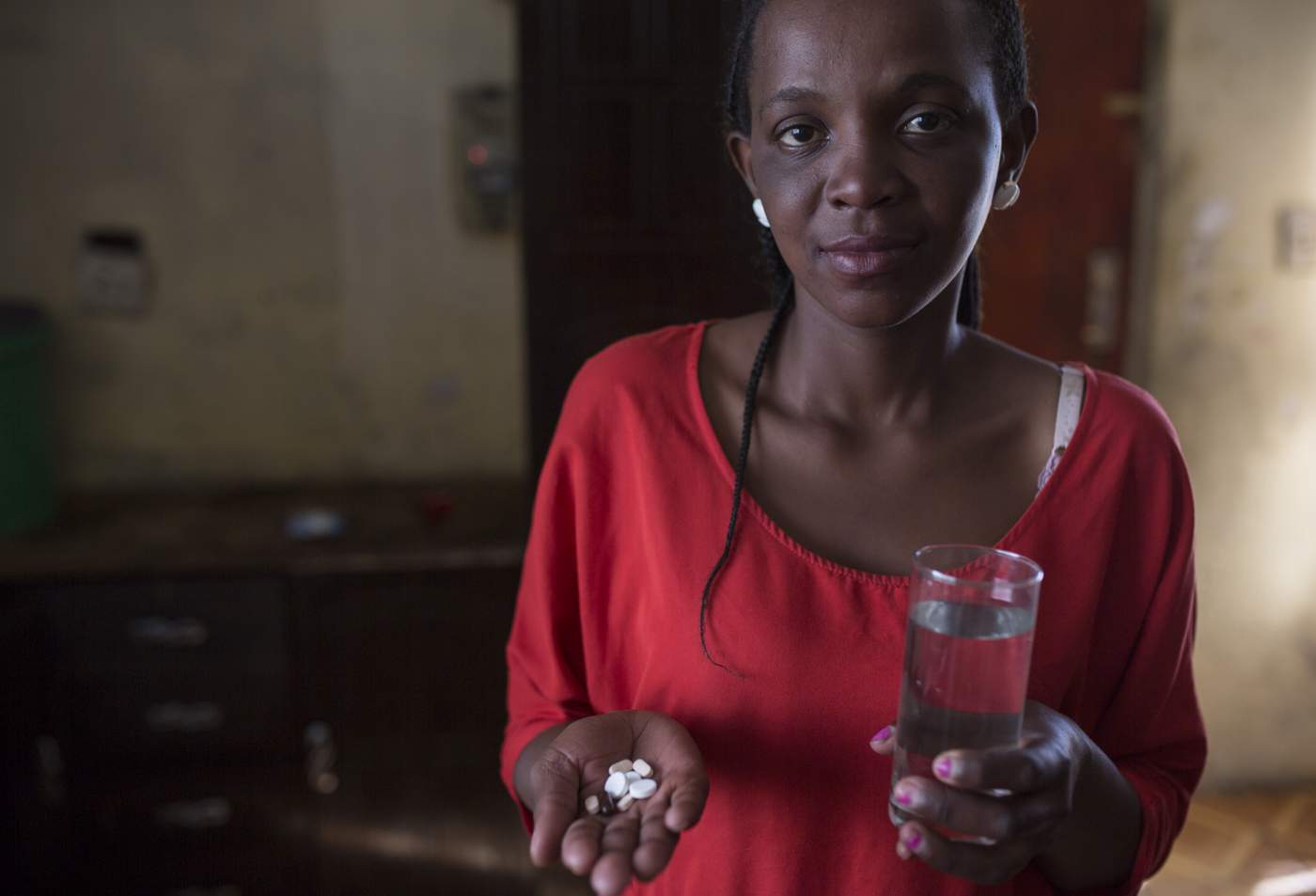
Simbongile Xesha. (Pic: Chronicle)
Ironically, because Xesha contracted the most resistant strain of TB, she could access the necessary drugs within days of her diagnosis, which is not the case for all TB patients. “Some people used to wait for it for three or four months, but now that’s changed,” she says. “When they diagnose you with XDR, you get Bedaquiline immediately. The tablets for XDR are very expensive. They won’t just give it to people with TB. So my doctor was very happy when my results came out, saying I am [an] XDR-TB [patient].”
The fact that Xesha lives in Khayelitsha, Cape Town, also counted in her favour: the international health NGO Médecins Sans Frontières (MSF) has an office in her neighbourhood, and fought alongside the department of health to secure access for a few dozen XDR-TB patients at one of only a handful of facilities across the country.

Khayelitsha, Cape Town. (Pic: Johnny Miller, Thomson Reuters Foundation)
MSF CALLS OUT DRUG PROFITEERING
In a report published last year, however, MSF has pointed out that inflated costs of international drug company patents are still the major factor that keeps life-saving drugs out of the hands of millions of people like Xesha, especially in developing countries like South Africa. Bedaquiline (BDQ), for example, is manufactured by pharmaceutical giant Janssen, a division of Johnson & Johnson.
“The lowest price Janssen has announced for Bedaquiline in any country is USD900 (ZAR12,726) for the six-month treatment course,” says MSF in its report, adding that independent evaluations, “based on estimated costs of generic manufacture and a reasonable profit margin, calculated that the target prices for BDQ treatment courses should be in the range of USD50 to USD98 – more than 90% lower than current offerings.”
The phrase “if World Health Organisation guidance was applied in full” is important, because MSF is pointing out a peculiar anomaly in South Africa’s approach to international law that allows big pharmaceutical companies to use patent protections as cash cows, while greatly limiting the South African government’s ability to purchase drug resistant-TB treatments and make them publicly available or affordable.
BDQ and DLM patents will only expire in 2027 and 2032 respectively, and because Otsuka has not filed for registration of the latter in South Africa, barriers to access will likely remain – even though this country played host to clinical trials for the drug company, on the dime of South African public institutions. In accepting a ban on accessing cheaper generic versions of BDQ or DLM, the government is fulfilling its obligations under the World Trade Organisation (WTO) Trade-Related Aspects of International Property Rights (TRIPS) agreement, which protects patents, among other intellectual properties.
However, the TRIPS agreement also incorporates what are called TRIPS flexibilities – built-in safeguards that developing countries can use to protect human rights and meet healthcare needs; such as when patents are restricting access to essential medicines. Thanks to the lobbying of committed activist organisations like the Treatment Action Campaign (TAC), using the patent exceptions provided for by TRIPS flexibilities, the cost of a first-line HIV regimen has dropped by 96% since 2000.
Since 2001, the TAC, MSF, Section27 and other human rights NGOs have together made up the ‘Fix The Patent Laws’ Coalition. 2001 also saw the WTO issue the Doha Declaration, to clarify the scope of TRIPS and TRIPS safeguards.
“The Doha Declaration explicitly states that the TRIPS agreement should be interpreted in a way that protects access to medicines for all,” says Ntsiki Mpulo of Section27. “Countries are within their rights to take certain measures to limit intellectual property rights and the provision of patents to protect public health. The problem in South Africa, is that these lifesaving flexibilities have not yet been successfully implemented. We have only implemented the parts of the TRIPS agreement that protect the rights of patent-holders, not the parts that protect patient rights.”
Pharmaceutical companies, it seems, are not interested in enabling access to medication – particularly to the world’s most vulnerable citizens – when there are mega profits to be made.
“On the research and development [of new drugs], we just really believe that it’s not working,” said MSF’s Access Campaign Advocacy Officer for South Africa, Claire Waterhouse. “It's not giving the drugs that people need, it's not giving the drugs at affordable prices – it's essentially putting profit over people.”
Patents guarantee innovators exclusive rights to profits from their inventions, thereby providing incentive to innovate. Patents last for 20 years: there is no correlation between time and resources invested in a new product and the duration of the patent. In theory, patents align the interests of corporations that have the means to develop innovations with the healthcare needs of the population. But in reality, research and development (R&D) then becomes premised on profit, and those most in need of life-saving drugs are often those least able to pay for them.
“R&D is driven by the market – where the money is – rather than by health needs,” says Ntsiki Mpulo. “Take for example drug-resistant TB (DR-TB). Limited treatment options exist and those that do often have awful side effects. Yet because DR-TB generally affects poorer communities, there is little incentive for pharmaceutical companies to develop new drugs, as they won’t make any profit. This is highlighted by the fact that only one new TB drug has come to the market since 1960 – yet 1.3 million people died from TB in 2012.”
Even where a profitable market does exist, such that new treatments are developed, they are often priced out of reach of the poor, particularly in developing countries. The United States of America, a market that generates more than half the world’s pharmaceutical profits, is characterised by a lack of price ceilings and legal loopholes that enable Big Pharma to artificially elevate prices, while dodging taxes.
An investigation by the African Network of Centers for Investigative Reporting (ANCIR) has revealed that an estimated 70% or more of US patent costs is typically the product of mispricing and tax subsidies, rather than R&D, which is the expense usually claimed by pharmaceutical giants to defend exorbitant patent prices.
Just 1.3% of net sales of pharmaceuticals in the US is reinvested into research.
Besides, while drug manufacturers reap the rewards of commercialising new treatments, it is often public institutions and universities – who do not benefit from patents – who finance and develop the drug itself.
So in reality, taxes, not pharmaceutical profits, subsidise the majority of research funding for new drug development.
From 2006 to 2009, 84% of research funding for 48 new drug innovations came from public sources such as the National Institutes of Health (NIH), according to medical sociologist Donald Light and other scholars.
Professor Marc Blockman of the division of Clinical Pharmacology at the University of Cape Town sums up the problem thus: “The [pharmaceutical] industry is a business. They will take the same risks as any business, and they are not in the business for looking after patients. And that's the mistake that people make."
Taxes, not pharmaceutical profits, subsidise the majority of research funding for new drug development.
DEVELOPMENT COSTS EXAGGERATED
A 2003 study by the Tufts Center for Study of Drug Development, titled “The Price of Innovation” and published in the Journal of Health Economics, claimed that the average cost of drug development was USD802-million (a figure that today would be between USD1.6 and USD1.8 billion, after inflation).
However, the Tufts Center failed to mention that pharmaceutical companies provided about 65% of its finances – possibly including the 10 large corporations from which they selected 68 drugs for R&D costing. There was also no way to verify the information, as the names of the companies as well as the names and types of drugs were confidential.
In addition, the Tufts breakdown of R&D costs reveals some fuzzy mathematics, particularly when it comes to “capitalized costs”. These, the Tufts authors defined as “the expected return that investors forego during development when they invest in pharmaceutical R&D, instead of an equally risky portfolio of financial securities”.
Simply put, the calculation included what companies would have earned had they invested in Wall Street. As Marcia Angell, former editor-in-chief of The New England Journal of Medicine and senior lecturer at Harvard Medical School explains: “That accounting maneuver nearly doubled the USD403 million to USD802 million” – the eventual R&D figure Tufts came up with.
That isn’t the end of the financial sleight-of-hand. The USA Office of Technology Assessment also notes, “The net cost of every dollar spent on research must be reduced by the amount of tax avoided by that expenditure.” This includes tax savings of between 30% to 39% of R&D costs. The combined effect of taxpayer subsidies and credits reduces the overall costs from USD403 million to USD201 million – a quarter of the R&D average originally claimed.
Today, a whopping 80% of corporate market value is located in intellectual property. The value of pharmaceutical companies is overwhelmingly related to intangible assets, which are largely untaxed. The pharmaceutical producer Pfizer, for example, has a market cap of USD191 million, yet its actual book value, or net tangible assets (NTA), is about $5.9 billion in the red.
But unlike tangible assets such as land or art, the value of intangible assets is difficult to quantify, their associated costs are difficult to verify, and they are easy to move around or take advantage of in tax havens. Brand Finance, an intangible capital valuation consultancy, estimates that by 2009, just 14% – or $3.8-trillion of an estimated $27.3-trillion – in corporate intangible capital was disclosed to governments and investors on financial statements.
The value of a patent belongs to the parent entity, while the patent itself legally belongs to a specific subsidiary, which may have been created with the sole purpose of managing such intangible assets. The patent can move between subsidiaries, and the subsidiaries may be based in any location, including tax havens, as the patent, like other intangible wealth, is not constrained by law to remain in the jurisdiction where it was developed.
A case in point: in 1999, the Viagra patent was owned by an entity called Pfizer Research and Development N.V/S.A, based in Ireland and Belgium – both countries offering large or total tax exemptions. In 2003, the patent was transferred to Pfizer Ireland Pharmaceutical, where it has remained.
The actual drug ingredients are manufactured in Ireland’s Ringaskiddy hub, but it was in the Isle of Man, a UK tax haven, that Pfizer’s Ringaskiddy Production Company was incorporated. Later, two holding companies based in Delaware (Pfizer PFE Holding 1 and Pfizer PFE Holding 2) were created as conduits for income from Pfizer’s intangible assets. Effectively, the company is able to use the patent owner, such as Pfizer Ireland, to charge its other subsidiaries royalties, which can then be remitted to any bank account of choice – including one in a tax haven.
The strategy reduces the disclosed pre-tax profits through creating artificial expenses. Income is siphoned to offshore entities, and debt and losses are registered in non-tax haven jurisdictions such as the USA. A company can then claim a tax rate of between 25 and 35%, while also determining the actual value that is subject to taxation.
In addition, accretion – or added value – of acquired intangibles isn’t registered, only depreciation. During the past three years, Pfizer documented over $13 billion in amortized intangible value – equivalent to almost 9% of revenue annually. But the company did not disclose which intangibles were amortized.
Pfizer did not disclose the value of those intangible assets internally developed, like Viagra.
In what is the accounting world’s biggest blind spot, these assets are also not disclosed in annual reports. Brand Finance acknowledges, “most high-value, internally generated, intangible assets never appear in conventional balance sheets”. So internally developed intangibles are the assets most prone to financial fudging, as the value is wholly determined by the company.
Pfizer maintains about USD74 billion in offshore capital, using a web of more than 200 entities specialising in shifting profit from intangible assets around tax havens such as Delaware, the Netherlands, Luxembourg and Ireland.
Pfizer’s USD25.9 billion tax dodge, though the largest, was not the only one. ANCIR looked at a handful of pharmaceutical companies, large and small, and calculated their tax avoidances:
Merck (USD21-billion),
Novartis (USD19.2-billion),
Johnson & Johnson (USD18.6-billion), Amgen (USD10.5-billion),
Bristol-Myers Squibb (USD8.4-billion),
Eli Lilly (USD8.2-billion),
Abbvie ($USD8-billion),
Abbott (USD8-billion),
Gilead (USD5.5-billion),
Baxter (USD4.2-billion),
Celgene (USD2.3-billion), and
McKesson (USD1.4-billion).
Just 13 pharmaceutical companies have avoided paying more than USD140 billion in taxes, by offshoring USD405 billion.
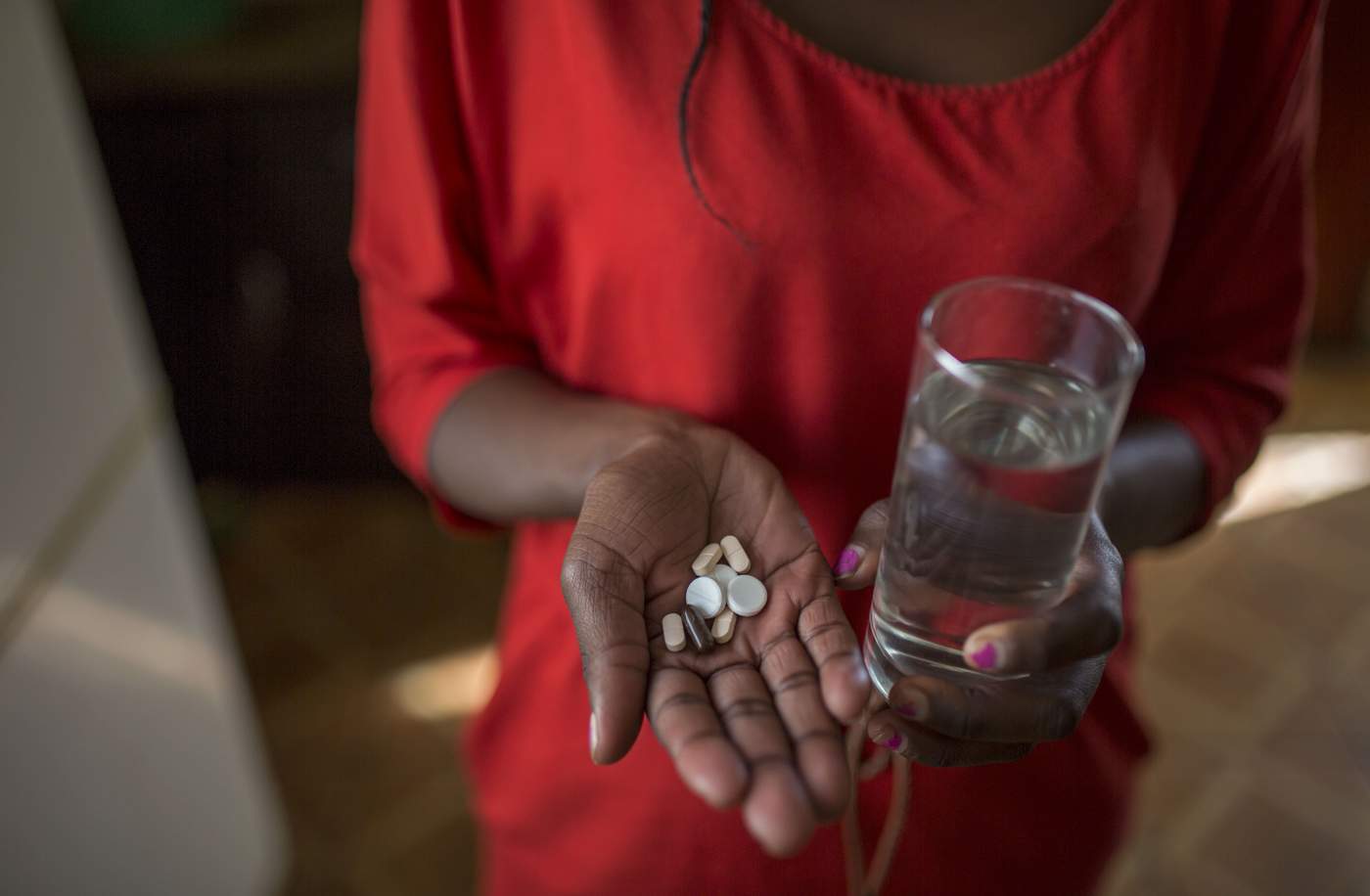
Extensively Drug-Resistant Tuberculosis requires a cocktail of drugs. (Pic: Chronicle)
Each company used similar language to describe its avoidance: “At December 31, 2014, foreign earnings of USD60.0 billion have been retained indefinitely by subsidiary companies for reinvestment; therefore, no provision has been made for income taxes that would be payable upon the distribution of such earnings,” disclosed Merck.
“The effective tax rate is lower than the US statutory rate of 35% primarily attributable to undistributed earnings of certain foreign subsidiaries … US taxes have not been provided on approximately USD24 billion of undistributed earnings of foreign subsidiaries as of December 31 2014,” stated Bristol-Myers Squibb. These disclosures, albeit in very fine print, are public.
The use of multiple tax havens for complementary purposes, ranging from manufacturing of drugs to spiriting away of funds, is legal. What is kept hidden, however, are two layers of transactions: the first is the annual income, loans, expenses and services between subsidiaries of the same parent company. The second is the financial dealings involving internally developed intangible assets, which are shielded from public scrutiny and entirely self-regulated.
Recently, the multinational tax dodge has become even more brazen, with Pfizer currently seeking to “invert” or reincorporate headquarters to a tax haven – in this case, merging with Allergan to move to Ireland – in a bid to avoid the United States entirely. In 2014, Pfizer unsuccessfully tried to merge with the UK’s AstraZeneca using inversion, a practice US President Barack Obama called legal but “wrong”.
At home in Khayelitsha, Simbongile Xesha is slowly recovering. Her daily drug cocktail is working. She is no longer infectious, and she’s gaining weight. She credits her strengthening health to the efforts of MSF.
“It’s very hard to get access to the tablets,” she says. “MSF have to fight for the tablets; for us to get them … If MSF was not here, we wouldn’t have Bedaquiline.”
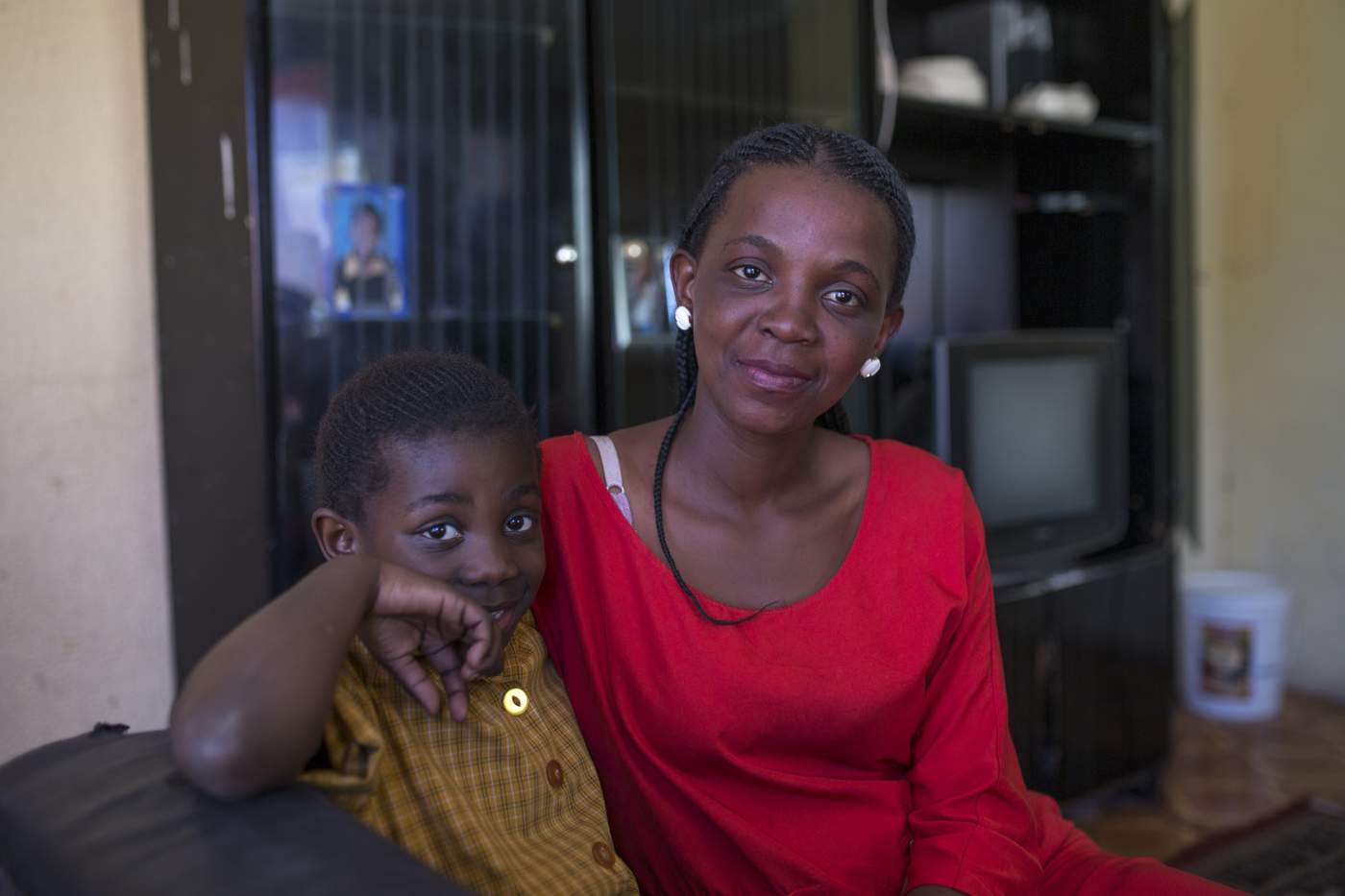
Simbongile Xesha, pictured with her daughter, is slowly recovering from X-DR TB. (Pic: Chronicle)
However, MSF, Section27, the TAC and others activists in the Fix the Patent Laws coalition still have an uphill battle to fight.
In 2013, the South African government committed to reforming South Africa’s patent laws to adopt the relevant TRIPS safeguards in a draft National Policy on Intellectual Property.
Yet as the Fix the Patent Laws coalition notes, “three years later, little concrete action has been taken to adopt and implement reform, and many critical medicines remain inaccessible to the majority of South Africans who could benefit from them”.
The coalition recommends that, in order to overcome the price distortions created by patent protection monopolies, governments must reserve the right to set price ceilings for medicines that have used public knowledge or funding.
Where chronic or acute illnesses are concerned, governments should have the right to develop a generic version of the newest and best medicines for those that lack resources.
Also, so-called “home country” governments – the states in which drug companies have incorporated – should document big pharma’s medicines by patent, jurisdiction and owners.
Laws should also require companies to itemize internally developed intangible assets, the number of employees in each subsidiary, the extent of transfer pricing between subsidiaries, and where they pay taxes and record profits. Additionally, where public resources are used, the public must be able to access granular details about the drug’s development. These measures will expose and transform the underlying structure of pharmaceutical companies, pushing the industry toward accountability and transparency.
Corporate tax dodging costs governments billions of dollars every year, and big pharma’s claim that it needs this money to develop new drugs is disingenuous. For both the tax loopholes these companies exploit and the life-saving medicines they license, it’s the public that ends up paying the tab.
By Khadija Sharife and Chronicle
Editor: Amanda Strydom
Graphics Designer: Isacco Chiaf
Data Editor: Jacopo Ottaviani
ANCIR is being incubated by Code for Africa.
Funded by the Bill and Melinda Gates Foundation.

